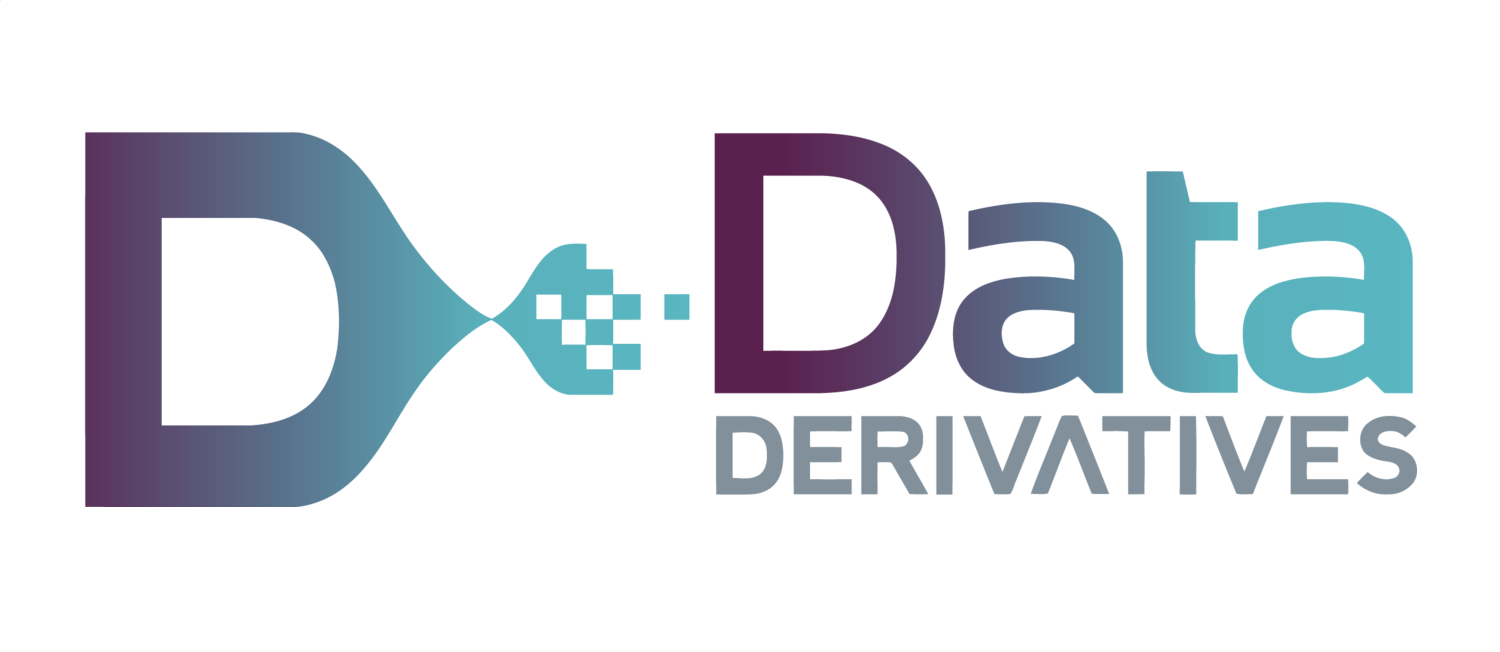The fight against money laundering and counter-terrorist financing is evolving like never before, and more external data sources are being integrated with compliance systems. Why is this and how can we make better use of beneficial ownership-related information?
As we discussed in the Bureau Van Dijk's "Beneficial ownership – have you got it right?" webinar, on which I was a panellist, one of the key drivers for the evolution of anti-money laundering (AML) and compliance programmes is the rising regulatory burden financial institutions face, such as from the Customer Due Diligence (CDD) Final Rule and the Fourth Anti-Money Laundering Directive (AML4).
Read More


